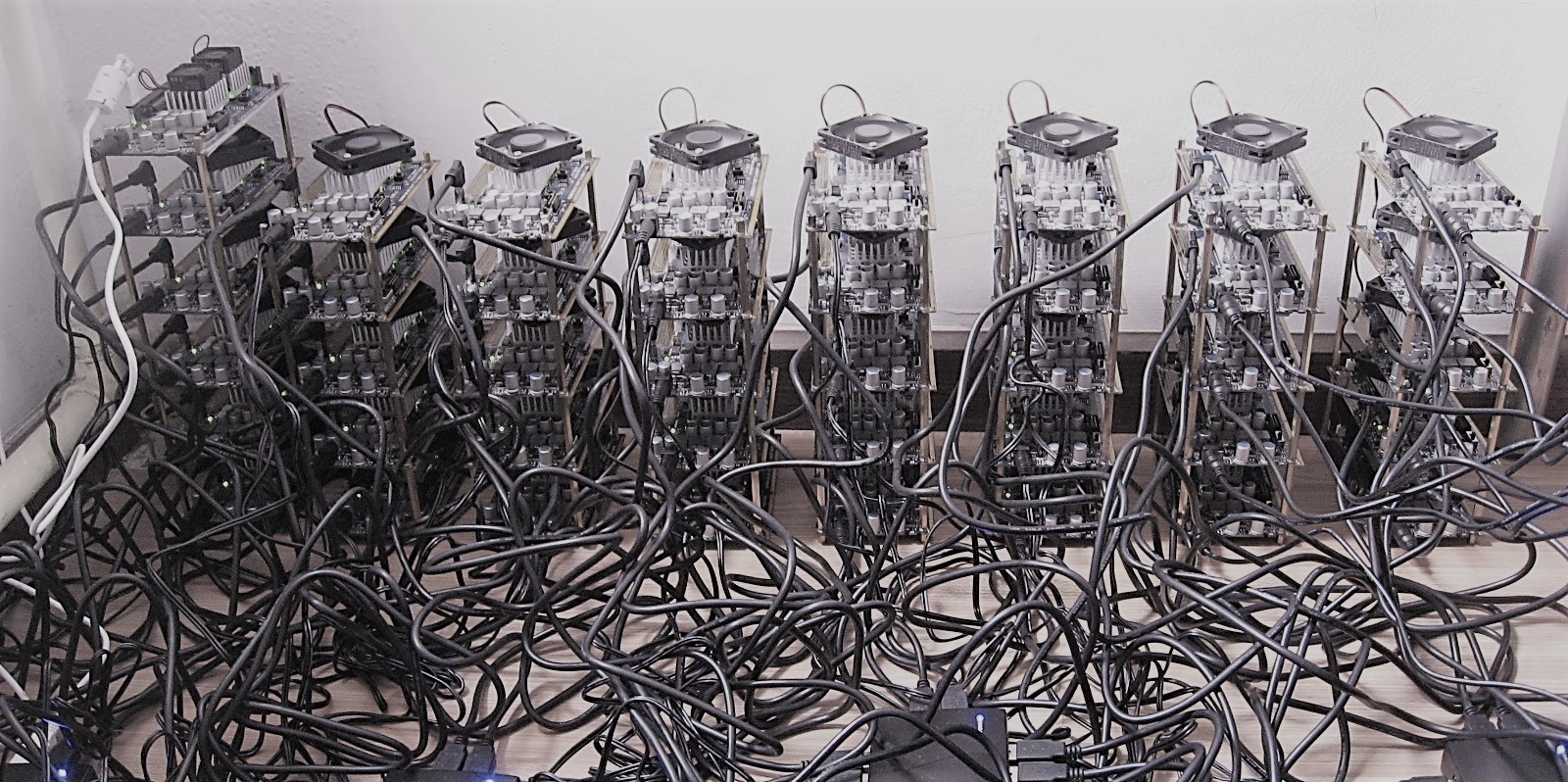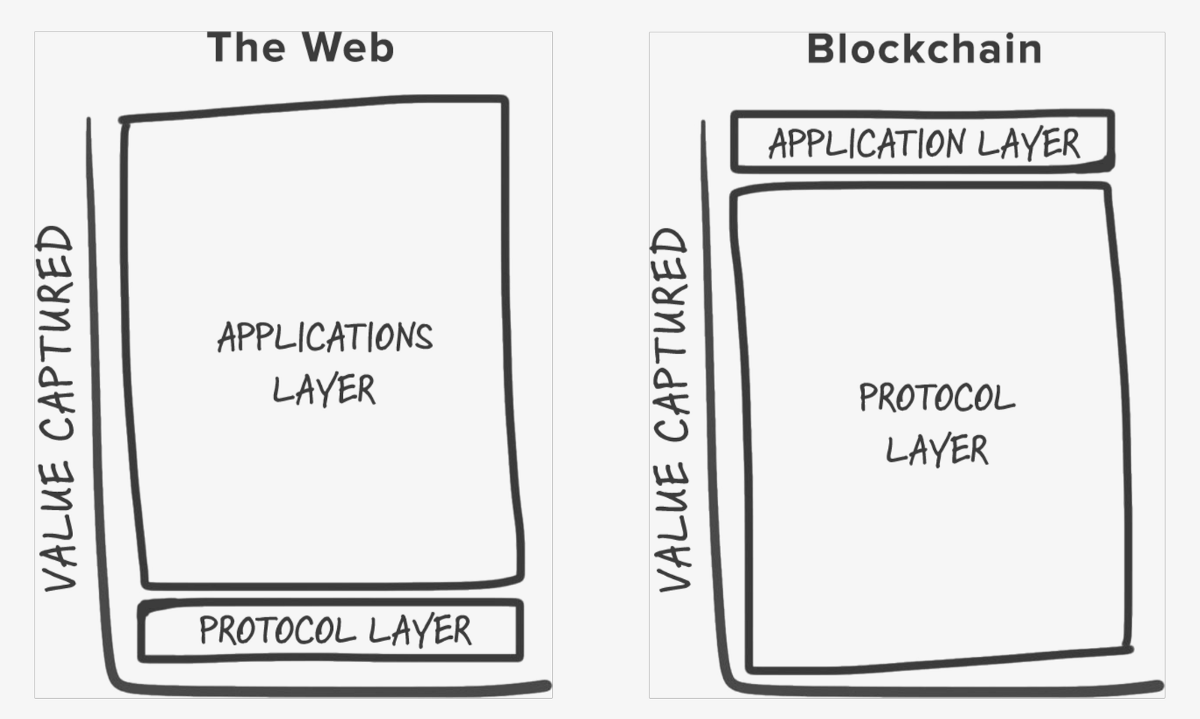The Top 10 Cryptocurrency Resources for Non-Technical People
— September 10, 2017

I first heard about Bitcoin in 2012. I didn’t “get it.”
Terms like decentralized, distributed and disintermediation piqued my interest, but I lacked the technical understanding to really understand what I was looking at.
I started reading up a bit more in 2015. However, only after a deep dive over the last few months do I feel like I’ve even begun to wrap my head around it.
At this point, I can say one thing for certain: It’s the most interesting technology I’ve seen in my lifetime.
The feeling I get when I read and talk about it is very much what I imagine it felt like to talk about the Internet before the World Wide Web or personal computing in the 1970’s.
At this point I’ve read a few books and maybe a couple hundred articles about cryptocurrency in one form or another so I wanted to put together a short list of resources for understanding the basics of how the technology works and what the implications are as quickly as possible for non-technical people. Basically, This is the list I wish someone sent me two months ago.
I’ve arranged this list in the rough order I would recommend reading the articles.
It starts with a high level overview of Bitcoin and the associated blockchain, getting into the basics of how it works technically, and looking at the long-term implications. It then branches into blockchains more generally, Ethereum and eventually other cryptocurrencies and “appcoins.”
I’ve also included a short excerpt of what I think the core idea is from each piece so that if you just want to skim through this article, you should be able to pick up the central concepts in cryptocurrency.
1. Why Bitcoin Matters [Article]
By Marc Andreesen
In 2014 Marc Andreesen, the founder of Netscape, gave a high level overview of why Bitcoin matters and why he believes that it is as important a technology as we’ve seen since the Internet and Personal Computing.
“The practical consequence of solving this problem is that Bitcoin gives us, for the first time, a way for one Internet user to transfer a unique piece of digital property to another Internet user, such that the transfer is guaranteed to be safe and secure, everyone knows that the transfer has taken place, and nobody can challenge the legitimacy of the transfer.
The consequences of this breakthrough are hard to overstate.”
2. By reading this article, you’re mining bitcoins. [Article]
By Ritchie S. King, Sam Williams, and David Yanofsky
Now that you have a basic understanding of why Bitcoin may be important, this article explains the mining process and network architecture. It also explains some core cryptocurrency concepts like proof of work and hash functions.
“What bitcoin miners actually do could be better described as competitive bookkeeping. Miners build and maintain a gigantic public ledger containing a record of every bitcoin transaction in history.”
3. Fat Protocols [Article]
By Joel Monegro
Fat Protocols is a way of thinking about how investing in cryptocurrency is different from investing in the internet.
Most financial gains from the internet came from the “fat” application layer (Google, Amazon, Facebook) as opposed to the “think” protocol layer (TCP/IP, HTTP, SMTP).
Cryptocurrency appears to work in the opposite way: a “fat” protocol layer (Bitcoin, Ethereum) is more valuable than a “thin” application layer.
“Here’s one way to think about the differences between the Internet and the Blockchain. The previous generation of shared protocols (TCP/IP, HTTP, SMTP, etc.) produced immeasurable amounts of value, but most of it got captured and re-aggregated on top at the applications layer, largely in the form of data (think Google, Facebook and so on).

The Internet stack, in terms of how value is distributed, is composed of “thin” protocols and “fat” applications. As the market developed, we learned that investing in applications produced high returns whereas investing directly in protocol technologies generally produced low returns.
This relationship between protocols and applications is reversed in the blockchain application stack. Value concentrates at the shared protocol layer and only a fraction of that value is distributed along at the applications layer. It’s a stack with “fat” protocols and “thin” applications.”
4. The Quiet Master of Cryptocurrency [Podcast]
By Tim Ferriss, Naval Ravikant and Nick Szabo
Nick Szabo is a computer scientist, lawyer, and cryptographer best known for his research in digital contracts and cryptocurrency.
He coined the term “smart contracts” and designed Bit Gold, which is widely seen as the precursor to Bitcoin.
This conversation includes a lot of metaphors and concepts that are helpful for understanding cryptocurrency including social scalability, smart contracts, “Wet” versus “dry” code, and Quantum thought.
“everything we call money is just a bubble that has not yet burst.”
“Increasing the centralization of a system sacrifices security for efficiency. decentralization prioritizes security at cost of efficiency.”
“Think about a dime vending machine as the most basic version of a smart contract:
If Party A deposits $ 0.25 then return 1 coke; 1 dime; 1 nickel.”
5. The Internet of Money [Book]
By Andreas M. Antonopoulos
Andreas Antonopoulos is a Bitcoin and cyber security expert. He has been travelling around the world since Bitcoin’s inception explaining the technology and its implications.
The Internet of Money is a “best of” collection from his talks focused on explaining why Bitcoin and cryptocurrency matters. It’s full of useful metaphors for thinking about the underlying technology and its societal implications.
“when I choose an application on the internet to communicate with, I’m also aligning myself with a corresponding community. I don’t use Twitter just because it’s a convenient communication mechanism. I use Twitter because I also agree with many of the concepts and philosophies of the community of other people who choose to use Twitter…
With currency, that choice is a much more powerful political choice. We have entered the realm of meta-politics, of politics by algorithm, of the ability for global communities to form around a common consensus of politics through the choice of currency.”

6. The Bitcoin Whitepaper [PDF/Article]
By Satoshi Nakamoto
Satoshi Nakamoto is the name used by the unknown person or persons who designed bitcoin and created its original implementation. He outlined the whole system, now worth over $ 40 billion, in a nine-page white paper in 2008.
Though it’s definitely techincal, I found that it was very readable once I’d read the above pieces and had a basic understanding of concepts like proof of work and hash functions.
“A purely peer-to-peer version of electronic cash would allow online payments to be sent directly from one party to another without going through a financial institution.
Digital signatures provide part of the solution, but the main benefits are lost if a trusted third party is still required to prevent double-spending.
We propose a solution to the double-spending problem using a peer-to-peer network.”
7. Money, Blockchains and Social Scalability [Article]
By Nick Szabo
Humans evolved to function in groups of at most 150 people, but technological innovations in the past from money to the internet have extended our ability to co-ordinate with people all over the world.
“Money, Blockchains and Social Scalability” looks at the potential for blockchain technology to extend it yet further and what that might mean for how our world and lives will be organized.
“the secret to Bitcoin’s success is that its prolific resource consumption and poor computational scalability is buying something even more valuable: social scalability. Social scalability is the ability of an institution –- a relationship or shared endeavor, in which multiple people repeatedly participate, and featuring customs, rules, or other features which constrain or motivate participants’ behaviors?—?to overcome shortcomings in human minds and in the motivating or constraining aspects of said institution that limit who or how many can successfully participate…
Without institutional and technological innovations of the past, participation in shared human endeavors would usually be limited to at most about 150 people?—?the famous “Dunbar number”. In the Internet era, new innovations continue to scale our social capabilities.
In this article I will discuss how blockchains, and in particular public blockchains that implement cryptocurrencies, increase social scalability, even at a dreadful reduction in computational efficiency and scalability.”
8. A Beginner’s Guide to Ethereum [Article]
By Linda Xie
While Bitcoin was the original cryptocurrency, Ethereum has quickly become a major player in its own right. This article looks at the basic differences between Bitcoin and Ethereum and what sorts of possibilities Ethereum allows for that Bitcoin does not.
“Ethereum is different than Bitcoin in that it allows for smart contracts which can be described as highly programmable digital money.
Imagine automatically sending money from one person to another but only when a certain set of conditions are met. For example an individual wants to purchase a home from another person. Traditionally there are multiple third parties involved in the exchange including lawyers and escrow agents which makes the process unnecessarily slow and expensive.
With Ethereum, a piece of code could automatically transfer the home ownership to the buyer and the funds to the seller after a deal is agreed upon without needing a third party to execute on their behalf.”
9. Cryptocurrencies, App Coins, and Investing in Protocols [Podcast]
By Sonal Choksi, Chris Dixon and Olaf Carlson-Wee
Once you’ve got the gist of how Bitcoin and Ethereum work, it’s time to dive into application-specific tokens for these protocols (also known as “app coins”).
Starting with a history of open source, Choksi, Dixon and Carlson-Wee dive into why we could be headed towards less centralized platforms and a web owned by users.
They also examine how to think about investing in protocols. Imagine if you could have invested in Linux, an open source protocol that has the largest installed base of all general-purpose operating systems?
10. Ethereum Whitepaper [PDF/Article]
By Vitalik Buterin
Finally, it’s worth taking a deeper dive into the founding document of Ethereum and it’s goal to move beyond cryptocurrency and create a decentralized internet.
Like the Bitcoin Whitepaper, there are technical elements, but I found that having gone through the resources above, I could grasp the big concepts from their original source.

“Ethereum protocol moves far beyond just currency.
Protocols around decentralized file storage, decentralized computation and decentralized prediction markets, among dozens of other such concepts, have the potential to substantially increase the efficiency of the computational industry, and provide a massive boost to other peer-to-peer protocols by adding for the first time an economic layer.”
Business & Finance Articles on Business 2 Community
(68)


